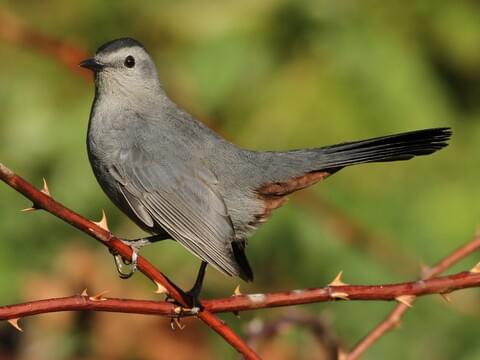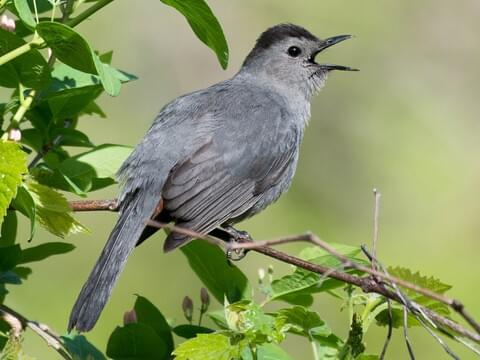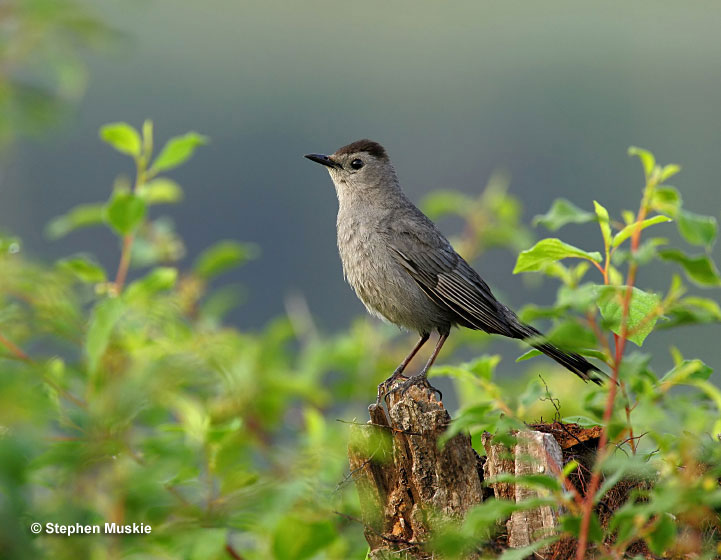

The call to action is clear—a unified effort is essential to protect and preserve the Gray Catbird’s habitat and well-being. Conservation initiatives must take center stage to mitigate the impact of these threats. By advocating for the bird’s survival, we pledge to honor its role as a vocal and widespread ambassador of North America’s natural beauty.
The Gray Catbird is a testament to the harmonious coexistence of nature’s melodies and the need for collective responsibility. As we gaze upon this avian wonder, let us unite in safeguarding its legacy, ensuring that its enchanting presence and captivating calls continue to grace the landscapes of North America for generations to come.




